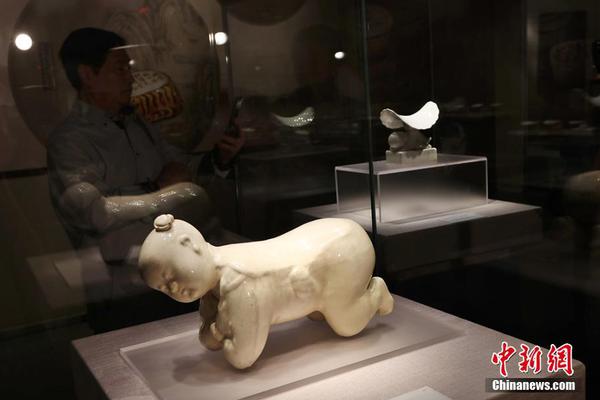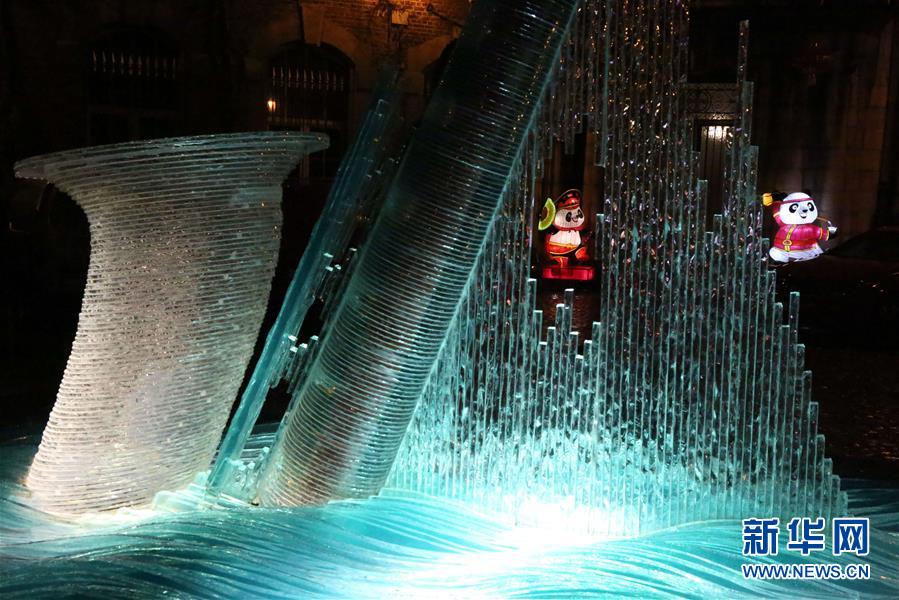A dust storm the size of North America has smothered NASA's Opportunity rover for the past week, shrouding much of the red planet in darkness and depriving the robot's solar panels of light.
Opportunity's battery power has dropped so low that it's now in a sleep mode and unable to send information back to Earth.
"It's gotten so bad she's not talking to us," Bill Nelson, chief of the Opportunity mission's engineering team at NASA's Jet Propulsion Laboratory, said in an interview.
SEE ALSO:The Opportunity rover is caught in a huge dust storm on Mars, but NASA remains hopeful"It’s a bit scary — we like to hear from our rover."

On June 8, NASA announced that "perpetual night" had settled over Opportunity, which has been exploring Martian terrain since 2004. NASA, like its 400-pound rover, must wait it out, wondering if the battery will power up when the storm passes.
 An artist's conception of the Opportunity rover on Mars.Credit: nasa
An artist's conception of the Opportunity rover on Mars.Credit: nasa"If they go completely dead, you're usually in trouble," said Nelson.
But Opportunity's engineers, many of whom have spent over a decade shepherding the machine through its life on Mars, recognize it's a tough, expertly-built robot, that is apparently hard to kill. After all, it was only expected to live for 90 days. Now, it's lived for more than 5,100.
"I’m fairly optimistic at this point," said Nelson. "I’m hopeful that we may be able to recover."
Conquering the red dust
NASA scientists may have grossly underestimated Opportunity's lifespan, but it's not because they thought the extreme cold would kill it, or that the six-wheeled rover would drive into a steep ditch.
 The Curiosity rover, on another part of the planet, captured these two images of the dust storm.Credit: nasa
The Curiosity rover, on another part of the planet, captured these two images of the dust storm.Credit: nasaRather, they expected typical Martian dust to layer upon the solar panels, eventually starving Opportunity of light and power.
"We thought the dust would obscure the arrays enough that the rover would die," said Nelson.
But, the rate of dust turned out to be significantly less, said Nelson. And, critically, the Martian wind has helped out quite a bit.
"We’ve been lucky that winds or dust devils have come and blown off the arrays," said Nelson. "The wind blows off the bulk of the dust."
And, Opportunity has unwittingly evaded sprawling, red tempests.
"We’ve been fairly fortunate in missing the regional and global dust storms," said Nelson.
Opportunity vs Spirit
Opportunity's sister rover, Spirit, stopped functioning in 2010. The robot was nearly identical to Opportunity. But why did it die, at least 8 years sooner?
 A shade simulation of dust blocking out the Martian sun. Opportunity has been experiencing the far right conditions.Credit: nasa
A shade simulation of dust blocking out the Martian sun. Opportunity has been experiencing the far right conditions.Credit: nasa"There's some luck involved in these things," said Nelson. And sometimes, the luck is bad.
In 2010, Spirit got caught in a less-than-ideal place on the red planet.
Winter was coming, and the rover became embedded at an angle that wasn't receiving much sun.
In short, the arrays weren't generating much energy. NASA engineers, including Nelson, were incrementally backing the rover out, to an angle where the sun would power the rover.
"But we simply ran out of time," said Nelson. Eventually, there just wasn't enough energy to drive Spirit's motors.
"She simply froze to death."
A super robust machine
NASA put an incredible amount of effort into building Opportunity -- and Spirit, too.
"We’ve had more than 2,000 people at a time working on the design of these rovers," said Nelson. "That's a lot of brainpower."
"We have done everything humanly possible to make Opportunity as robust and perfect as possible," he added. "And that’s why they lasted so long."
 Opportunity takes a picture of its shadow in 2014.Credit: nasa
Opportunity takes a picture of its shadow in 2014.Credit: nasaSpecifically, Nelson cited the machine's motors, which turn a number of different things, like its wheels and the mast camera that's lofted high above the rover.
"The motors are stressed the most," said Nelson. "If we couldn’t rove, it wouldn’t be much of a project anymore."
The mast camera has made over 103 million revolutions. And the motors that turn the wheels are nearing the 100 million milestone, with one of the front wheel motors having revolved some 93 million times.
Nearly everywhere on Mars is rough and rocky. But the rover, and its many motors, hasn't had to traverse too much excessively challenging terrain, like a bunch of large rocks.
"We built these rovers to protect against all sorts of risks -- but most risks never came to pass," said Nelson.
The first near-death experience, 15 years ago
Opportunity may have now lived well over 5,000 Martian days -- called "sols" -- on the frigid desert planet, but it's lucky it didn't crash into the surface during landing, becoming a crumpled mass of wires and metal.
 Opportunity's dust-covered solar panels in 2014.Credit: nasa
Opportunity's dust-covered solar panels in 2014.Credit: nasaThe rover launched to Mars in 2003, and that same year a huge dust storm hit the world, covering one-fourth of the planet.
The dusty atmosphere could have been bad news for Opportunity's landing.
As the rover descended through the Martian sky, it needed to deploy its its parachutes at just the right time. However, because of the dust storm, the atmosphere retained more heat, enlarging it and making it unclear exactly when the chutes should deploy.
If the parachutes opened too early, the spacecraft could be moving much to fast, shredding the parachute.
"There was a lot of concern that things might not go right and we might destroy the parachute," said Nelson.
 Opportunity looks back and takes a picture of its tracks in 2010.Credit: nasa
Opportunity looks back and takes a picture of its tracks in 2010.Credit: nasaWorse yet, NASA wouldn't receive the rover's distant signals -- or perhaps any signal at all -- until after the landing because of the time it takes for a signal to travel between Mars and Earth.
"The mission was either made or destroyed before we heard the first word of it hitting the atmosphere," said Nelson. "That was scary. The sense of tension was palpable. People were on pins and needles."
Yet Opportunity survived, and in the 15 years since, it has continued surviving. And now, it's part of NASA's family.
"The rover isn’t just some hunk of metal on a distant planet," said Nelson.
"It’s like a family member. We don’t talk about it -- we talk about her."
Featured Video For You
Ever wonder how the universe might end?



 相关文章
相关文章




 精彩导读
精彩导读



 热门资讯
热门资讯 关注我们
关注我们
